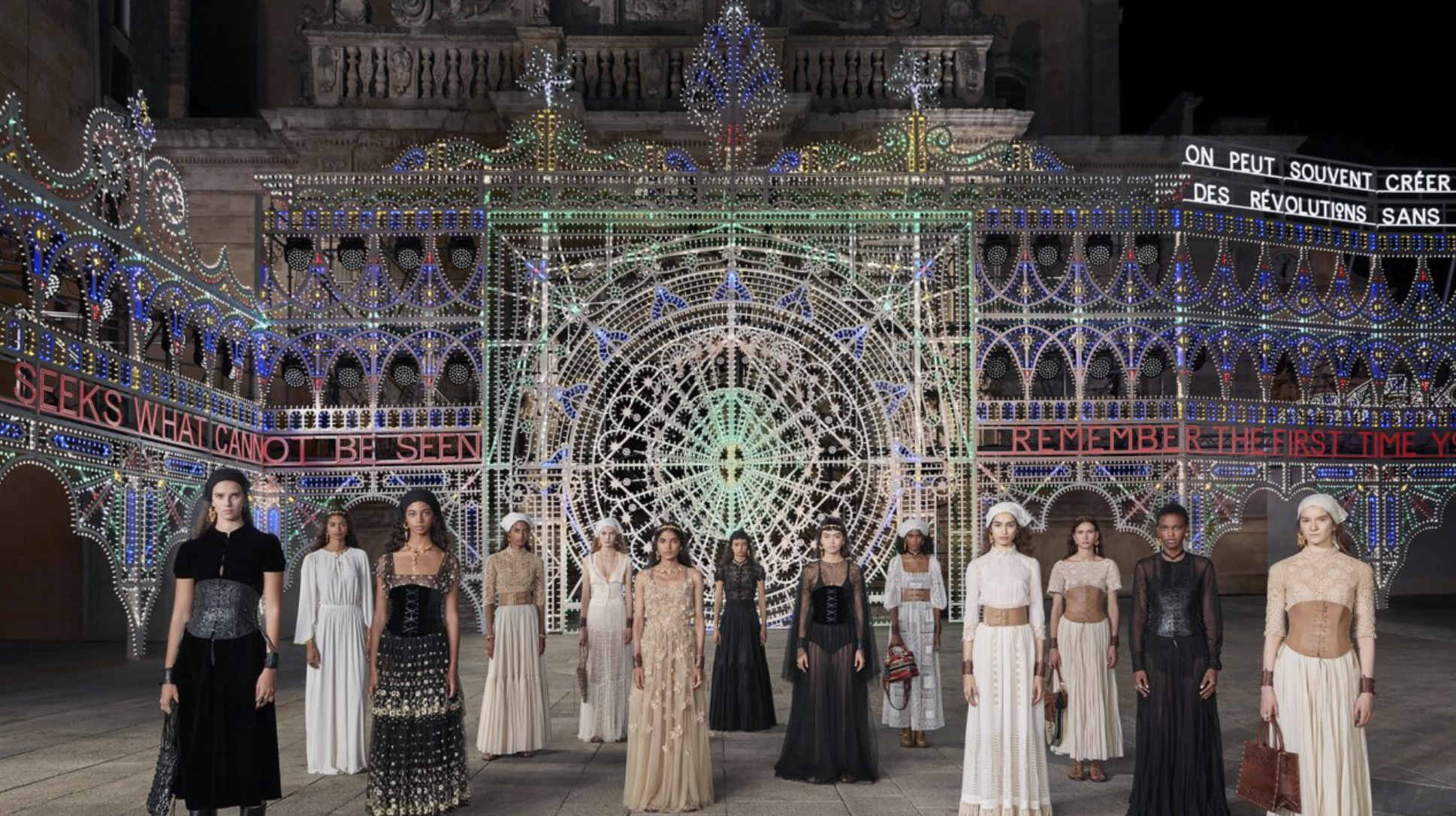For a week in September, the buzz around town is New York Fashion Week. From around the world, the who’s who of fashion descend on Manhattan to view the upcoming spring collections, forge business relationships, make deals, and socialize with influencers. Notable designers get top models to walk in their show and fill every seat in the house. Emerging designers spend a lot of money to be there and get noticed. But this year, of course, is different. The global pandemic has changed the venue with strict mandates put in place by NY Governor Andrew Cuomo—and while the show will go on, will this reimagined fashion week change the future of fashion weeks to come?
New York City has long been America’s fashion capital, ranking up there with Paris, London, and Milan. Back in 1943, there were exclusive fashion shows organized for the press by publicist Eleanor Lambert. Later, designers unveiled their collections at different locations around town until Fern Mallis, the former Executive Director of the CFDA (Council of Fashion Designers of America), recognized the need for an organized and centralized venue. The event came to be known as New York Fashion Week. “When I was hired and selected to be the director of the CFDA back in 1991, Michael Kors had a show in an empty loft space. And the ceiling started to crumble when the bass music went on, and it fell on all the supermodels’ shoulders, Cindy, Linda, and Naomi. They just kept walking and plaster landed in the laps of Suzy Menkes from the International Herald Tribune and Carrie Donovanwith The New York Times, they were in the front row and they wrote the next day, “We live for fashion, we don’t want to die for it,” explained Mallis.
